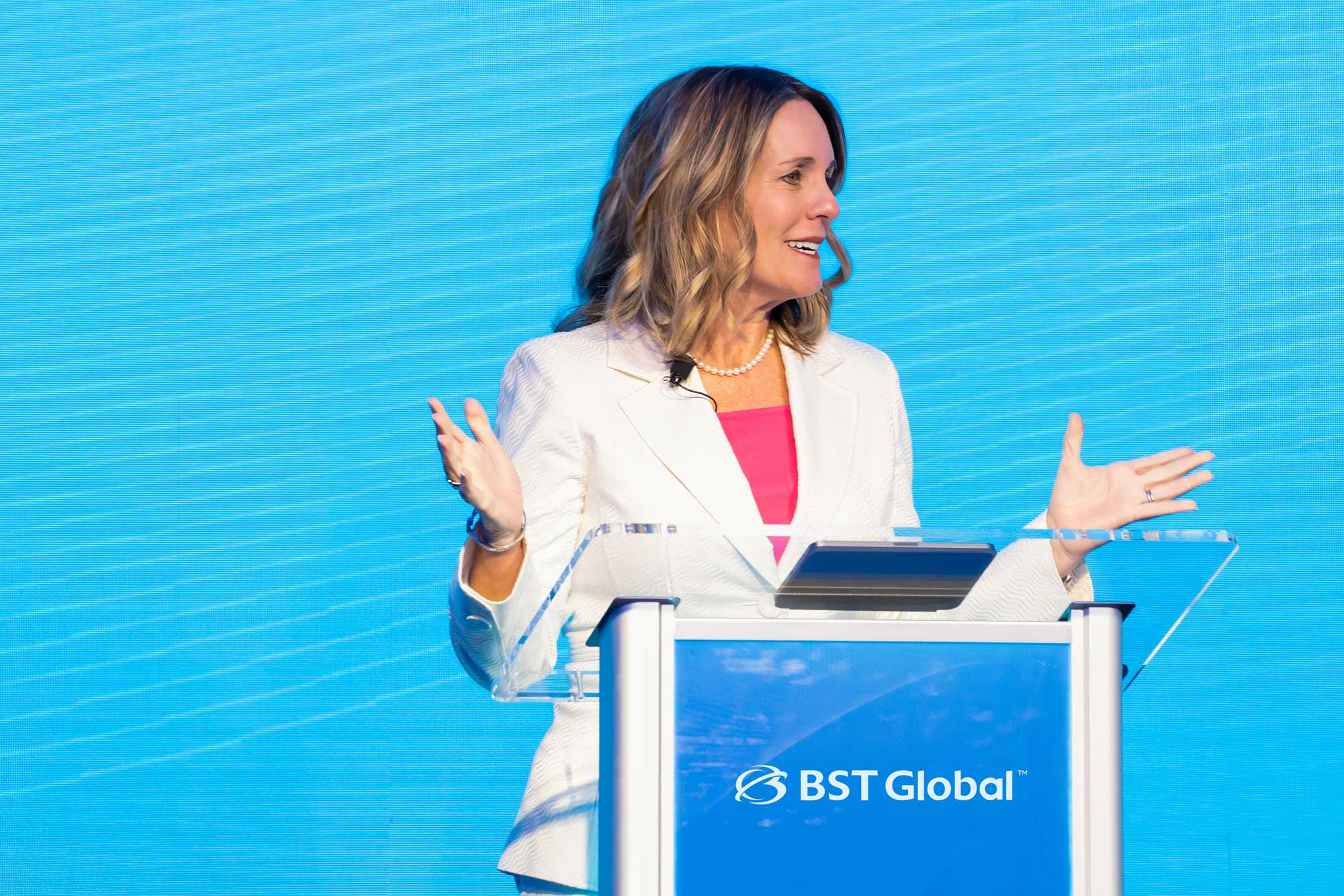In our micro-diverse society, many companies strive to mirror their peers, their clients, and the world at large. Creating a diverse work environment hones in on the cultural mix of experiences and acumens that team members bring. But after you've onboard this diverse community of talents, then what?
The path to excellence
I'm sure we all have a former teacher that made a statement that gave us an aha moment. Mine was my high school English teacher who memorably said 'Coming together is a beginning; keeping together is progress; working together is success.' That quote sums up the path to excellence and defines inclusion.
Good companies market diversity and inclusion, great companies create a competitive edge by decoupling and then living the two. After bringing together a diverse staff, a company must define inclusion to forge the path to excellence. What's the difference? Inclusion integrated the myriad of individuals into one workplace – seamlessly and individually.
Why is inclusion so important?
People from diverse backgrounds challenge each other more. Challenge begets creativity. Creativity begets profitability. Getting it right first with diversity allows a company to peel back the corners of the world and how it may interact with your product through the eyes of your employees. Inclusive workplaces that create forums for individual contribution outperform competition and enjoy longer employee retention.
The generations entering the workforce are raised believing it's unnecessary to downplay their differences in order to get ahead. They are proud of their differences and refuse to check them at the door. A Deloitte survey revealed that 86% of Millennials feel that differences of opinion allow teams to excel. Moreover, lack of inclusion can lead to a lack of engagement. And that affects a company's bottom line as disengaged employees cost companies up to $350 billion per year in lost productivity.
Inclusion requires planning
For many, inclusion is synonymous with chaos. But, it doesn't have to be. A forum for employee collaboration does require commitment and planning, but the reward is worth the investment.
- Align each position with the company's success. Every team member is essential. Understand where their insight is paramount and create the forum to extract their feedback.
- Create model leadership. Train your leaders to model ethical behavior. Accept input, admit mistakes, and express genuine concern for all staff members.
- Redefine ethics. Is your code of ethics a statement you expect from your employees or does it define what your employees can expect from you? Inclusion views ethics as bi-directional.
- Commit to training. First management, then employees. A corporate culture that creates standards on how to raise issues and resolve them and the consequences for deviation are setting themselves up for successful inclusion.
If you're desiring the mix of employee engagement, reduced turnover, a clear picture on global outreach and increased profits – understanding your stance on inclusion may be your answer.
Where do you stand on your inclusion policy? Let us know in a comment below.




